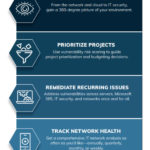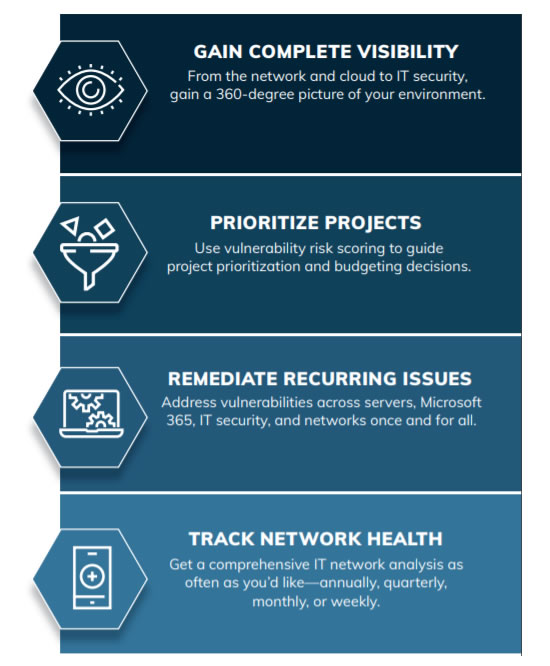Are Your Employees Your Biggest Cybersecurity Risk? The Top 4 Insider Threats Affecting Your Network
Are your employees putting your network security at risk?
Even if your employees don’t intend on exposing your business to cybercriminals, they may still pose a threat.
With remote work gaining even more traction and decentralized workspaces becoming the new norm, businesses like yours are putting more focus on cybersecurity.
As a result, it’s important to have strategies in place to counter human errors and data breaches perpetrated by insiders.
Who’s An Insider & What Is An Insider Threat?
An insider is anyone who has access to your network. Insiders come in the form of employees, supply chain partners and company stakeholders.
When an insider exposes your network to cybercriminals, it’s considered an insider threat.
All employees, regardless of their designation or rank, can put your business in a vulnerable cybersecurity position.
Why Do Employees Pose a Risk to Businesses?
Did you know employees account for nearly a quarter of data breaches within a business?
According to IBM’s Cost of a Data Breach Report 2020, 23 percent of data breaches in an organization occurred because of human error.
As you can see, an untrained employee can compromise your business’ security in multiple ways. Keep reading to discover the top 4 common errors committed by employees.
The Top 4 Employee Threats To Your Network
1. Falling for Phishing Scams
Cybercriminals are using improved techniques, like spoofed emails and text messages, to succeed in their scams.
With the onset of COVID-19, hackers masqueraded as the World Health Organization (WHO) to trick people into clicking on malicious links and sharing sensitive information.
2. Poor Password Protection
If your employees reuse the same password or a set of passwords for multiple accounts (business and personal), this can be a dangerous habit that allows cybercriminals to crack your network security.
3. Misdelivery
Even slight carelessness can lead to an employee sending sensitive, business-critical information to a hacker. Such an act can cause lasting damage to your business.
4. Improper Patch Management
Often, employees can delay the deployment of a security patch sent to their device, which can make your IT security vulnerable.
The Bottom Line: Cybercriminals Are Getting Smarter, And You Need To Be Prepared
With cybercriminals upgrading their arsenal every day, you and your employees need to be ready to combat costly cyber threats.
You can transform your business’ biggest cybersecurity risk – your employees – into its prime defense against threats by developing a security culture that emphasizes adequate and regular security awareness training.
Making all this happen requires continued effort. With the right partner by your side, you can easily integrate security awareness training into your cybersecurity strategy.
Take the first step towards training and empowering your employees: contact the cybersecurity consultants at Third Power IT. Visit www.ThirdPowerIT.com to get started now.
———
Article curated and used by permission.
Sources:
- McAfee Cloud Adoption & Risk Report
- Verizon 2020 Data Breach Investigations Report
- Security Magazine Verizon Data Breach Digest
The post Are Your Employees Your Biggest Cybersecurity Risk? The Top 4 Insider Threats Affecting Your Network appeared first on Third Power IT – Managed IT Services.
Courtesy of Miami IHIPAA Compliance IT Company - ThirdPowerIT.com



 Where DID the time go!?
Where DID the time go!?
 Wearing certain clothing styles has been linked directly to aggravation of varicose and spider veins.
Wearing certain clothing styles has been linked directly to aggravation of varicose and spider veins. 
 Hypertension has long been known as the silent killer.
Hypertension has long been known as the silent killer.
 Are you living with the pain of sciatica?
Are you living with the pain of sciatica?